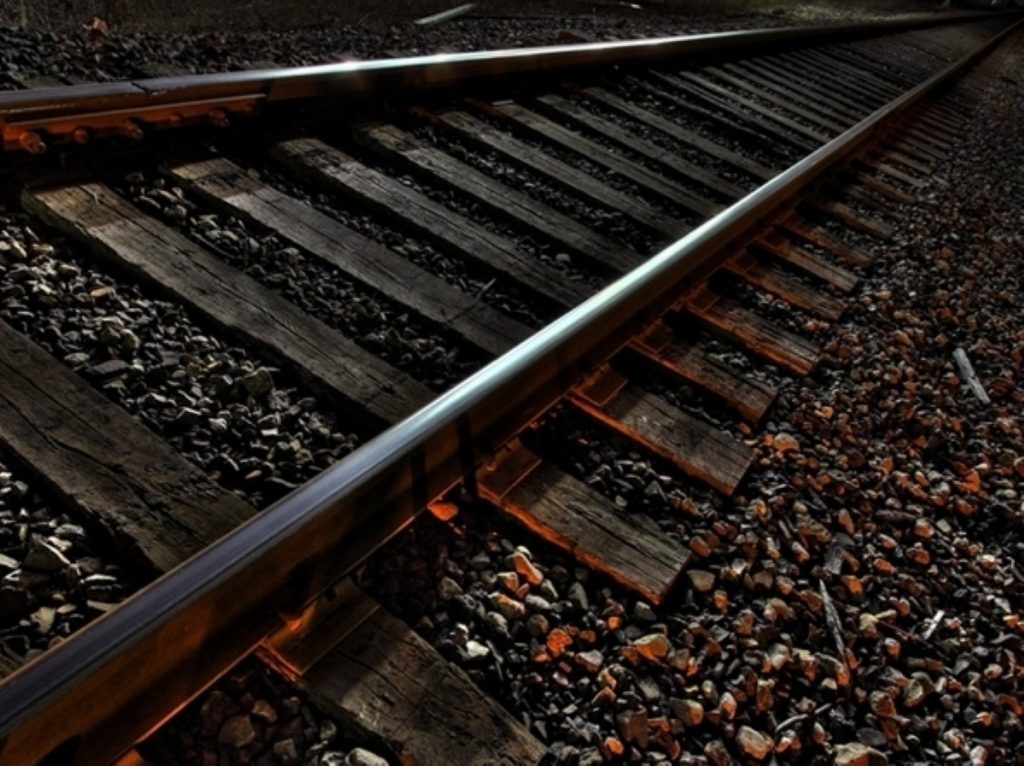Network Rail faces £2 billion cut
By Nathan Coyne
The company that runs Britain’s rail network has been told it needs to spend £2 billion less than it had proposed over the next five years.
Network Rail (NR) should make the savings in the period 2014-2019 while ensuring that more trains run on time, according to the Office of Rail Regulation (ORR).
But it will permit NR’s debt to rise over the period to more than £40 billion from £30 billion today.


The draft ruling comes amid a drive to reduce the running costs of Britain’s railways, which are the most expensive in Europe.
It includes requirements to improve performance and safety while increasing efficiency and ensure that the network’s users all pay their way, with freight charges set to increase.
Network Rail’s business plan for the next five years was published in January. The rail regulator has reviewed the plan and today determined the railway's running costs over that period should not exceed £21.5 billion, which is £1,907 million less than NR requested.
At the same time, it must improve punctuality with 92.5% of all trains running on time, compared to 90.9% today. Poorly performing lines are targeted with the regulator requiring nine out of ten trains to run on time on each of its key routes, a target that was also set five years ago but has not been achieved.
The efficiency savings do not go as far as those outlined in Roy McNulty's May 2011 report into reducing the cost of the railway, but NR insists the efficiency challenge "will have been fully addressed" by the end of this period.
The cost of running the railway will fall by 28% per passenger km, but NR’s debt will increase. The regulator will permit the debt to assets (track and stations) ratio to increase from 62.7% to 68.2% and NR will be allowed to borrow up to 75% of the value of its assets should costs be higher than anticipated.
The next five years will see the completion of a number of major infrastructure projects, including Crossrail and Thameslink, and these are not subject to any reduction in funding. Instead savings will be made from reducing support costs (£139m), operational costs (£59m), renewals of track and signalling (£1,684m) as well as a small saving on maintenance and cutting the research and development budget.
A £67 million budget has been ring-fenced to help NR with its programme of closing level crossings to help with safety.
ORR chief executive Richard Price said: "Britain's railway is a success story and it has made significant progress over the last decade. In order to sustain this progress and retain support and confidence, the industry must continue to improve its efficiency to reduce its dependence on public subsidy."
A spokesman for Network Rail responded: "There is no question that our railway needs to sustain the high levels of investment seen in recent years if we are to continue expanding the railway to provide for the ever growing numbers of passengers and trains.
"Getting the balance right in making the choices between performance, growth and value for money is critical if we are to build on efficiency savings of around 40% achieved over the last two control periods."
Charges for freight companies to access the railways are to be increased, specifically for the carriage of bulk goods such as coal for electricity generation, nuclear fuel and iron ore. But the outcome is much better than had been feared with the Rail Freight Group describing the ORR’s decision as “affordable and fair”.
The move to increase access charges is designed to better reflect the level of costs that the transport of freight incurs upon on the network, while being sensitive to the impact of additional charges on the desire of the government to see more freight transported by rail. The transport of biomass by rail is exempt from increased charges.
Overall freight access charges will rise by 21% on average by 2019 while passenger access charges will increase by one per cent. But outside of bulk goods the increase is a more modest 5%.
The RFG’s executive director Maggie Simpson said: “This will be a great relief to rail freight operators, customers and those seeking to invest in the sector who can now develop their business plans with confidence.”
Michael Roberts, chief executive of the Association of Train Operating Companies (ATOC), said: “We will consider carefully today’s draft determination. This is an important opportunity to incentivise Network Rail and operators to work more effectively together, allowing the industry to build on current near record levels of customer satisfaction and meet growing passenger demand by providing better trains, more seats and quicker journeys.”
Anthony Smith of Passenger Focus said: “There is much to welcome in this document. More seats, more trains, more reliable and faster trains.”
But he added that passengers would “be baffled that after five more years of investment the overall target for punctuality at the end of 2019 will differ only marginally from now.”
The rail industry has until September to respond to the regulator's draft ruling before it publishes its final decisions on October 31st 2013. The next funding period starts in April 2014.
Read transport expert Alex Burrows' verdict on the ORR's review.

